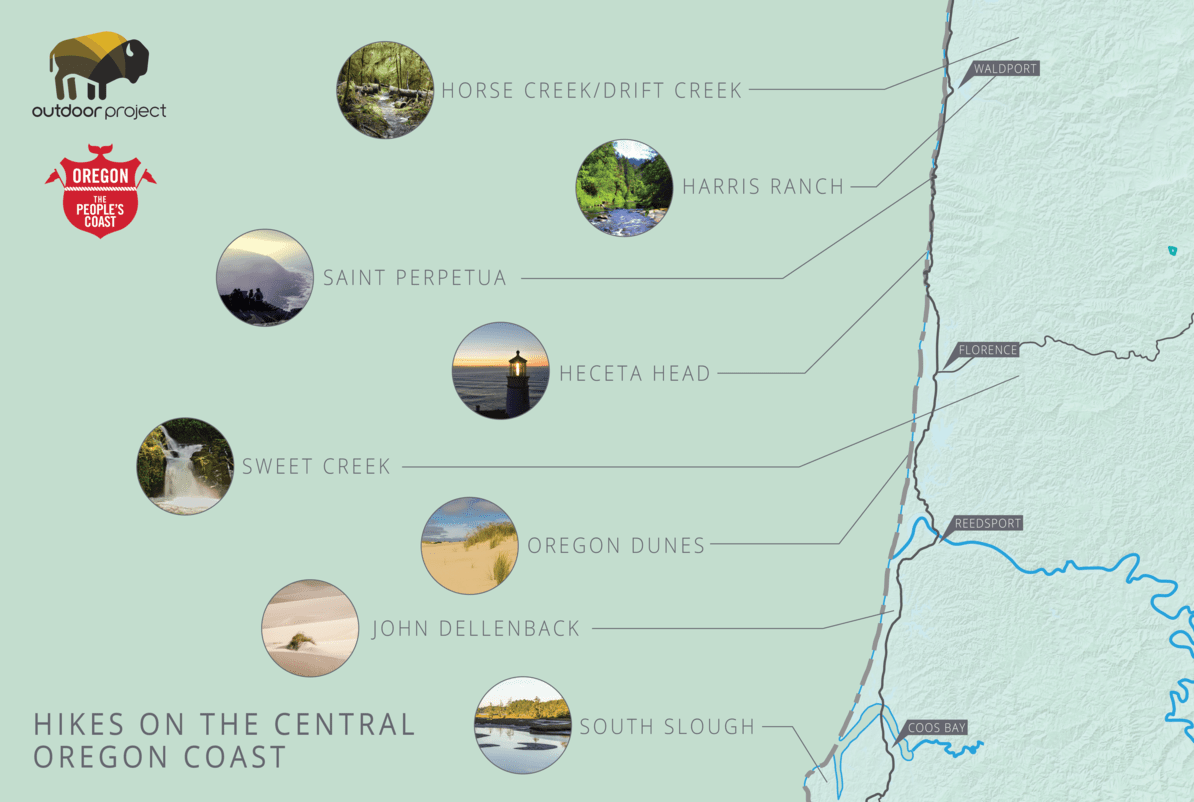
With a little more driving time from the major cities of Salem and Portland, adventurous hikers can find secluded coves, rushing streams, and lighthouses with views to take one's breath away. The Central Oregon Coast provides a range of ecosystems begging for exploration. We've gathered some of the prettiest and best places to hike on this stretch of highway. So dive in and start planning your next road trip. And don't forget to bring plenty of trail mix.
Horse Creek North/Drift Creek North
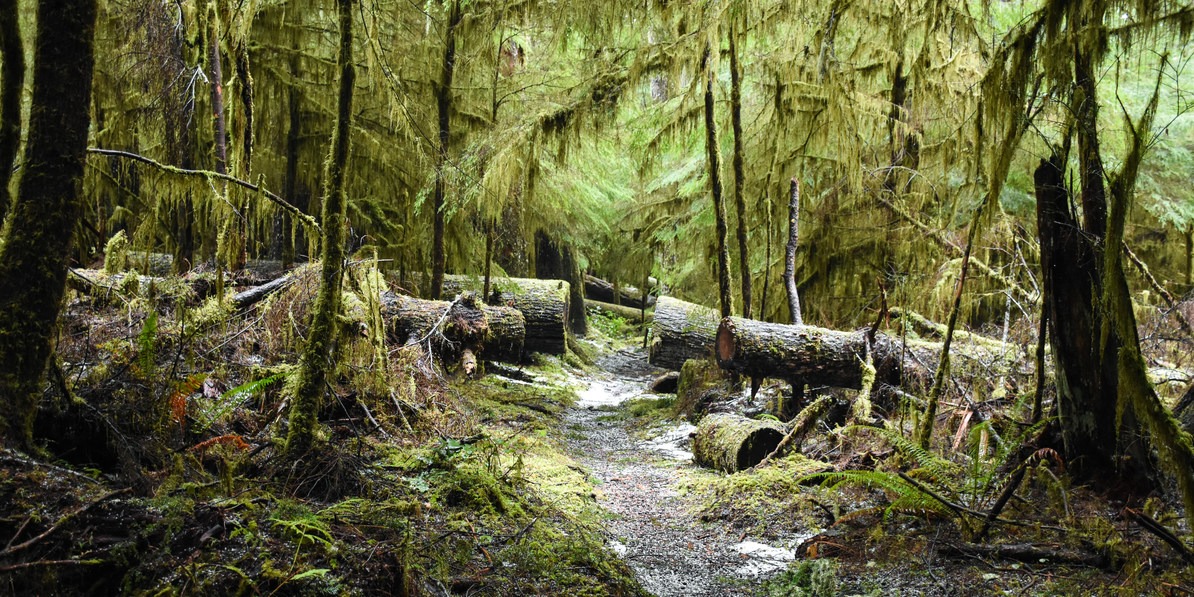
Horse Creek Trail covered in a layer of hail. Photo by Lance Beck.
The Drift Creek Wilderness in the heart of the Siuslaw National Forest offers a bit more challenge for the adventurous hiker as the multiple trails accessing Drift Creek are difficult to connect with each other. When first entering the wilderness area via the Horse Creek North Trail, the path climbs 300 feet rapidly, topping out at nearly 1,800 feet. The next 3 miles are all downhill after the ridge. Camping is available once you reach Drift Creek, and there are several developed sites. For more privacy, continue to the north or south on the same side of the creek for more primitive spots. This is an all-season trail, but river conditions can be high late fall through spring. Be sure to check the river levels before heading out. For a longer trip, consider linking to the Harris Ranch Trail or Horse Creek South Trail. This will require multiple vehicles and route finding, however. Note that logging operations are active here, so be alert for logging trucks on the roads.
Harris Ranch Trail
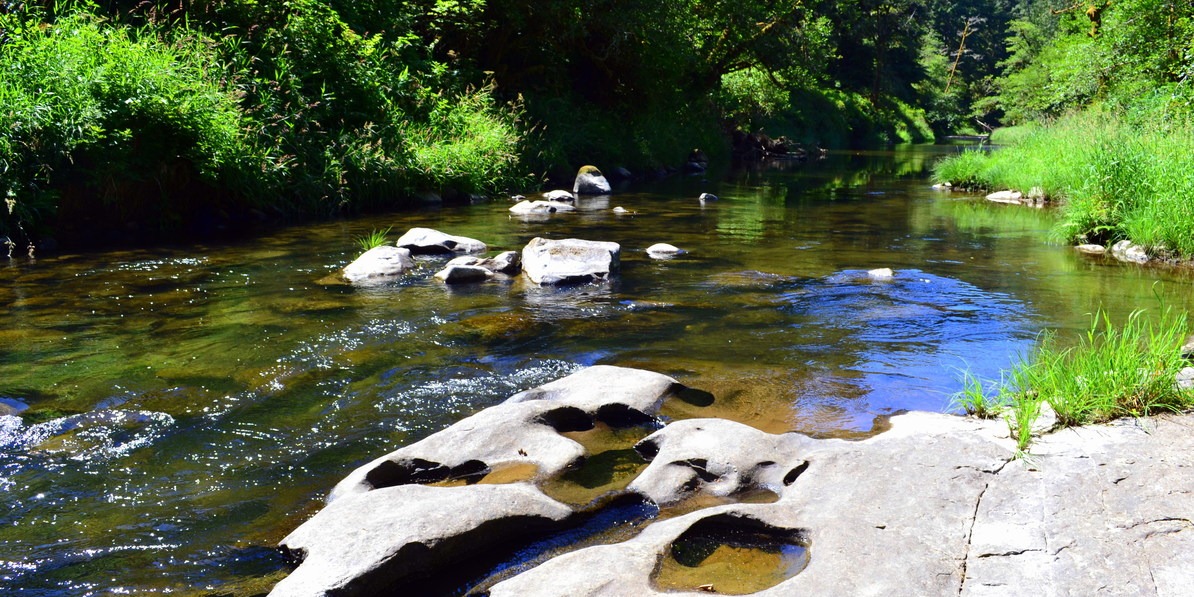
Drift Creek from the Harris Ranch Trail. Photo by Robyn Anderson.
Another fantastic option for exploring the Drift Creek Wilderness in the Oregon Coast Range, the Harris Ranch Trail is well worth the elevation gain you'll experience on the trip out. From the parking area the route descends 1,200 feet to reach the Drift Creek drainage in roughly 3 miles. If you are packing in to spend a few days and nights, descending with the inward, heavier load is always a logistical plus. You'll find campsites at the end of the trail, and don't forget to bring a rod for the Chinook, coho, steelhead, and trout that live in Drift Creek.
Saint Perpetua Trail
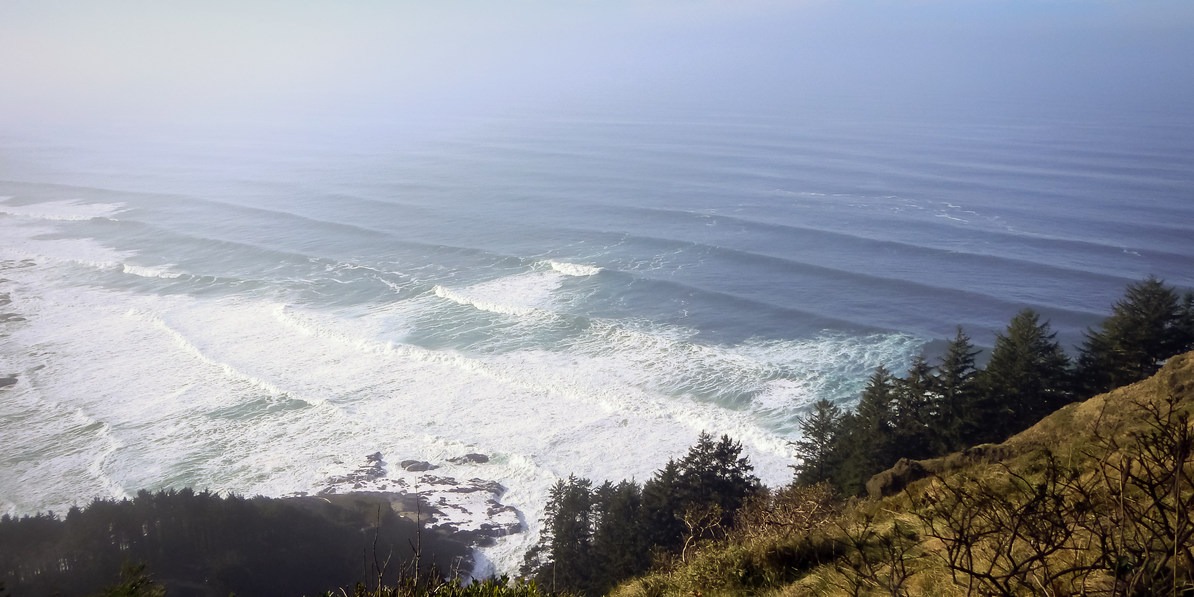
Expansive views from the Saint Perpetua Trail. Photo by Jessica Beauchemin.
While most people drive the road up to the viewpoint at Saint Perpetua, if you take the time to walk, the views earned are worth the effort. The hike is not a long one, at only 2.2 miles round trip. Beginning at the Cape Perpetua Campground and climbing though a series of switchbacks, old-growth forest provides welcome shade in the summer months. Near the top, the trail opens up to broad meadows and ocean views. From the overlook, continue along the Whispering Spruce Trail to the West shelter. Briefly serving as a lookout for the Coast Guard during World War II, the shelter was built by the Civilian Conservation Corps in 1933. On clear days look for whales of the coast from here. Retrace your steps to reach your car once more.
Heceta Head Trail
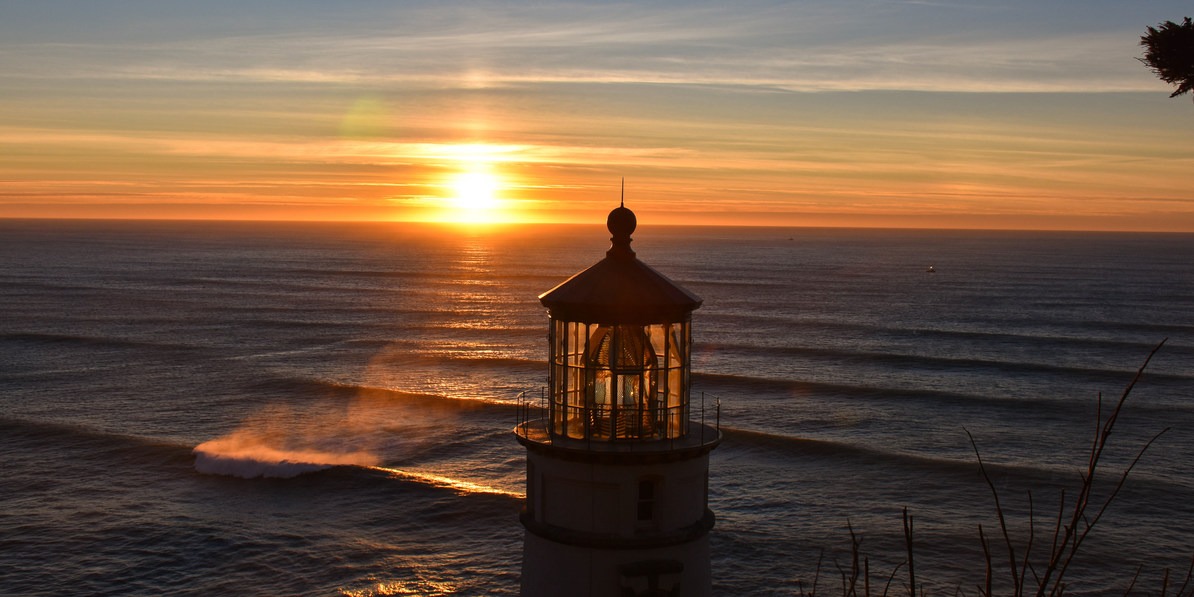
The view west from the summit of Heceta Head. Photo by Lance Beck.
Located in the Siuslaw National Forest just north of Heceta Head and 10 miles south of Cape Perpetua, the hike to the Heceta Head Lighthouse combines two different trails. Starting on the Valley Trail at Carl G. Washburne State Park, stay right at the junction with China Creek Trail Loop. The trail will climb as you wander through Sitka spruce and western hemlock. When you reach Highway 101 at 2.5 miles, cross over and follow the Hobbit Trail to the beach, staying left at the junction with the Heceta Head Trail. The final climb is steep up and over Heceta Head, but the spectacular views are worth it as you finally reach Heceta Head Lighthouse. Bring lunch or a snack and take advantage of the picnic tables in Devil's Elbow State Park before returning the way you came.
Sweet Creek
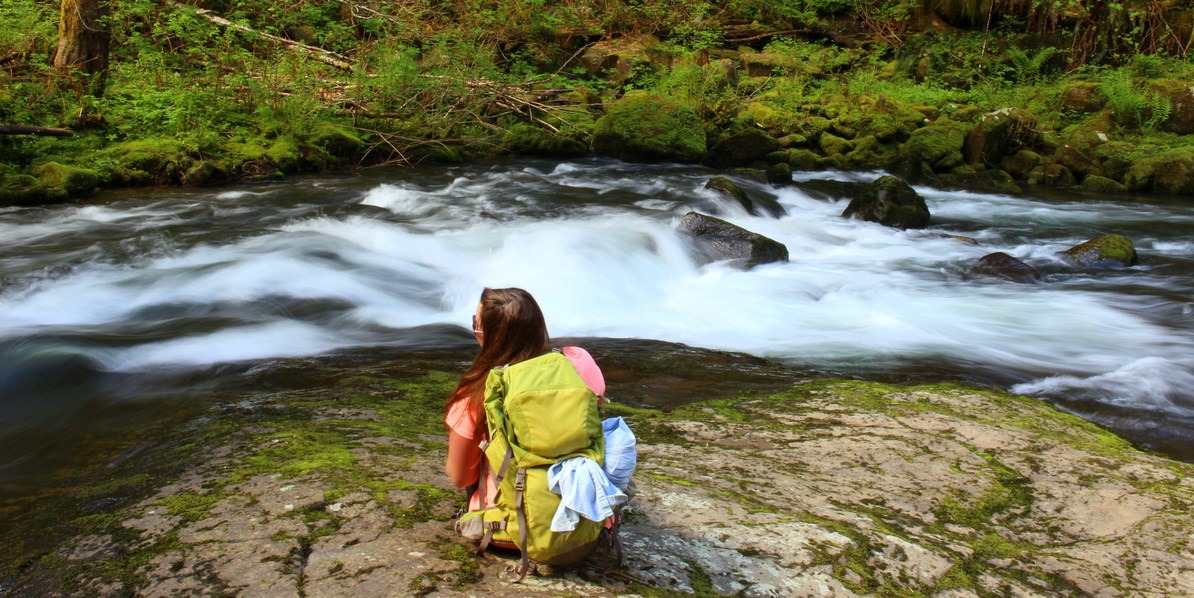
Relaxing creekside on the Sweet Creek Trail. Photo by Jackie Arnal.
If sandy beaches have you needing a break from the relentless wind, Sweet Creek is as pretty as its name suggests. Only 24 miles inland from Florence, in the Siuslaw National Forest, it's a lovely side-trip on the way home from the coast. In the spring, wildflowers dot the trail ranging from trillium and fairy bells to bleeding hearts. From the Homestead Sweet Creek Trailhead it's a leisurely 2.2 miles to the Sweet Creek Falls and back. During the summer months salmonberries are a welcome treat as you hike through massive stands of Douglas fir and big-leaf maple. For a quick trip nearby, head south on Sweet Creek Road for 1.3 miles, take a left on gravel road 939, and continue for 0.7 miles to the road's end. There is a short trail that leads to Beaver Creek Falls. Sweet Creek and Beaver Creek meet here to make a beautiful double waterfall. There is another option to hike the 0.6 miles to the bottom of this waterfall from the Wagon Road Trailhead.
Kentucky Falls
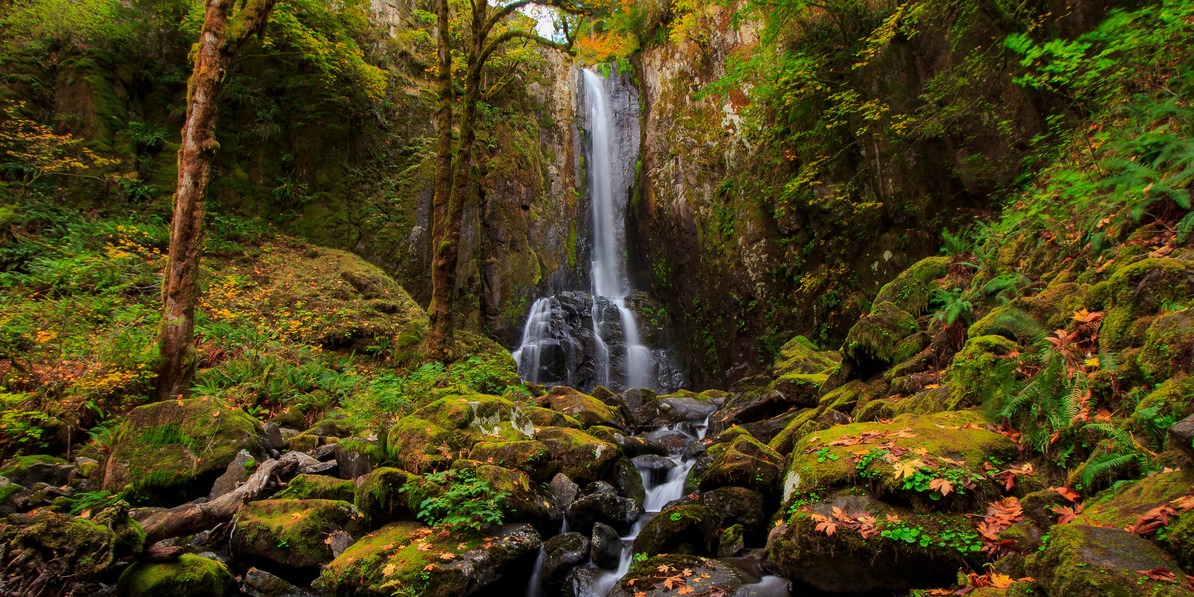
Lower Kentucky Falls adorned with colorful leaves. Photo by Daniel Sherman.
The Kentucky Falls Trailhead in the Siuslaw National Forest can be hard to find, but the three amazing waterfalls make it well worth the effort. Less than a half mile from the trailhead you will be rewarded with the first of the three falls, Upper Kentucky Falls. And continue just another 2 miles through the old-growth forest and you will find twin 100-foot waterfalls: Lower Kentucky Falls and North Fork of the Smith Falls. At the end of the trail you'll find a viewing platform with a bench, which is a perfect spot for lunch and a photo opportunity. If you're feeling adventurous you can leave the viewing platform and head out onto the rocks to get a better view of the falls. Because the trail is at a higher elevation in the coast range, it's a great place to escape the summer heat of the valley. Also, this area sees lots of logging activity, so be aware of logging trucks on the narrow roads.
Oregon Dunes Loop
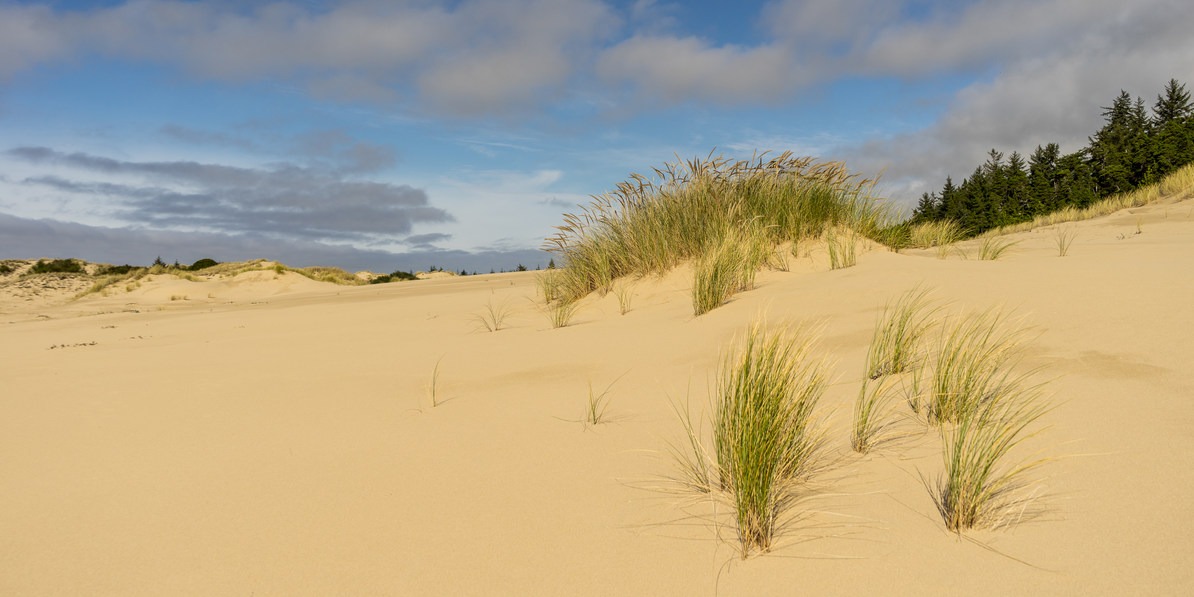
Ammophila species beachgrasses are invasive plants on the Oregon Dunes Loop Trail. Photo by Denis LeBlanc.
There are two options for this hike. A 2-mile round-trip hike to the beach is easy and popular. For those craving a longer outing with fewer people, the full loop hike is best. Gorgeous dunes sculpted by the wind dwarf hikers in the distance. Salt spray fills the air, and a relatively flat trail means this hike is also fairly family friendly for those with younger kids. Be warned, however, that the last leg of the full loop is through deep sand and can get tiring. Full exploration of the Oregon Dunes Day Use Area is recommended while in the area. There are shorter trails to explore and lots to learn here.
John Dellenback Trail
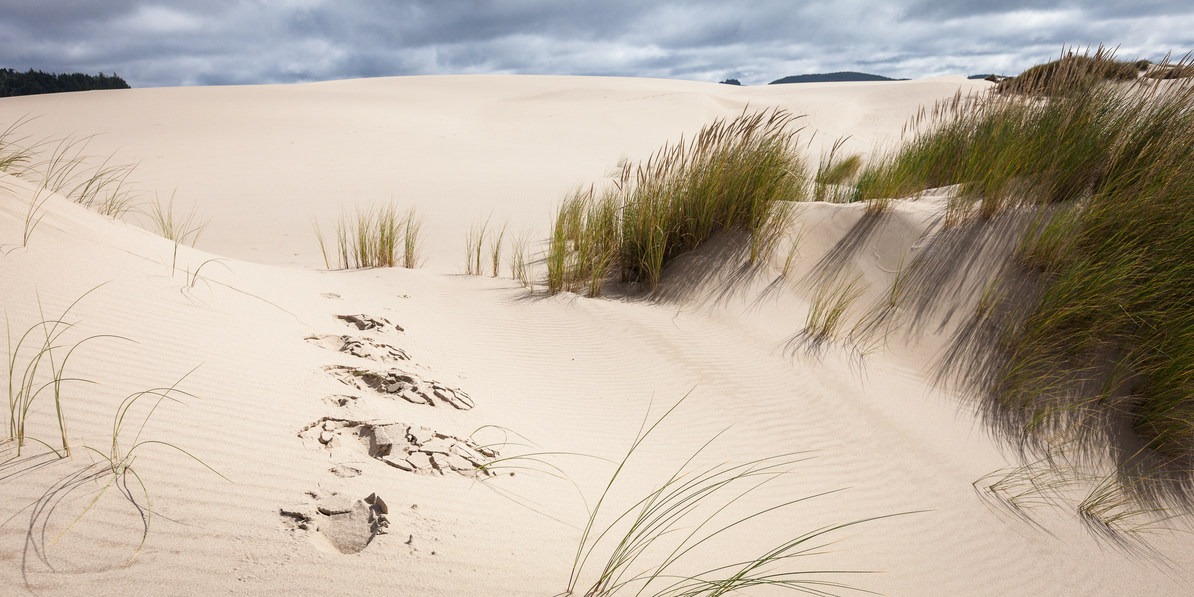
John Dellenback Trail, Oregon Dunes National Recreation Area. Photo by Halvor Tweto.
The Oregon Dunes National Recreation Area is home to a truly unique and enormous collection of sand. In fact, this is the largest area of coastal dunes on the continent. Time and the elements diligently work to heap, scour, and remodel nearly 32,000 acres of dunes that stretch lengthwise for 40 miles between Florence and Coos Bay. The John Dellenback Trail (named for Oregon’s U.S. Representative who was instrumental in getting the Oregon Dunes National Recreation Area established in 1972) is a fantastic way to get into this area. While it may look like a 2.5-mile walk to the beach on paper, the reality is much more challenging and fascinating. Though wayfinding along the John Dellenbeck Trail is easy in good conditions, it would be very difficult, if not impossible, to stick to the route using only the trial markers when the notorious coastal fog rolls in. Be sure to pack a compass or a GPS with your extra layers. Walking on the sand will, of course, take extra time and effort. A quick clip may get the one way done in an hour, but allocate more time to really lose yourself in this strange and wonderful place.
South Slough Loop
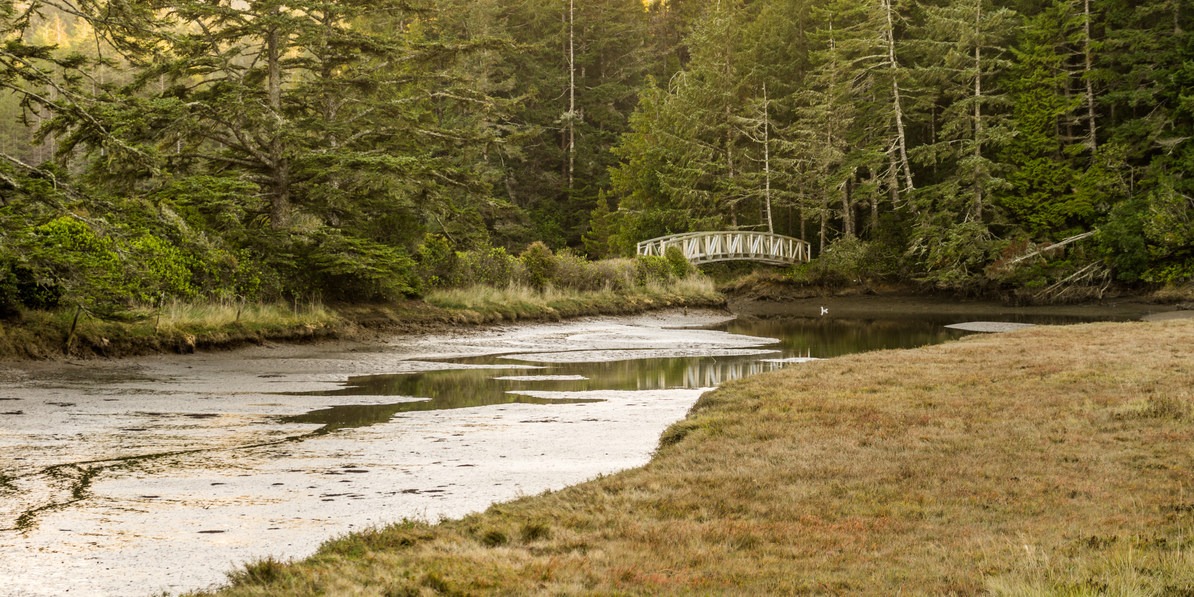
Rhodes Marsh on the South Slough Loop hike. Photo by Denis LeBlanc.
In 1974 the South Slough became the first of what today is a network of 28 National Estuarine Research Reserves under the auspices of the National Oceanographic and Atmospheric Agency. Primarily set aside as a research location to advance the preservation of estuary environments, it is available today as a recreational and educational resource that everyone can enjoy. A great loop to explore much of the reserve involves taking the North Creek Trail from the Interpretive Center and following it all the way to the slough (1.5 miles), then after exploring the Sloughside Marsh and overlooks, taking the Railroad Trail south to the lower parking area and returning to the Interpretive Center via the road or the Middle Creek Trail. Total distance is about 3 miles.
A profound concept originally envisioned by governor Oswald West, in 1967 the Oregon legislature ultimately realized his vision of making the entire Oregon Coast forever open to the public in a piece of landmark legislation titled the Oregon Beach Bill, officially making all 363 miles public land. "The People's Coast" is truly a one-of-a-kind coastline, a unique blend of mountains and rocky stacks, towering old growth forests, marine sanctuaries, tide pools and kelp forests, charming towns, historic fishing communities, world-class golfing, breweries, and simply jaw-dropping scenic beaches. We encourage you to plan your next trip at visittheoregoncoast.com or by calling (541) 574-2679.

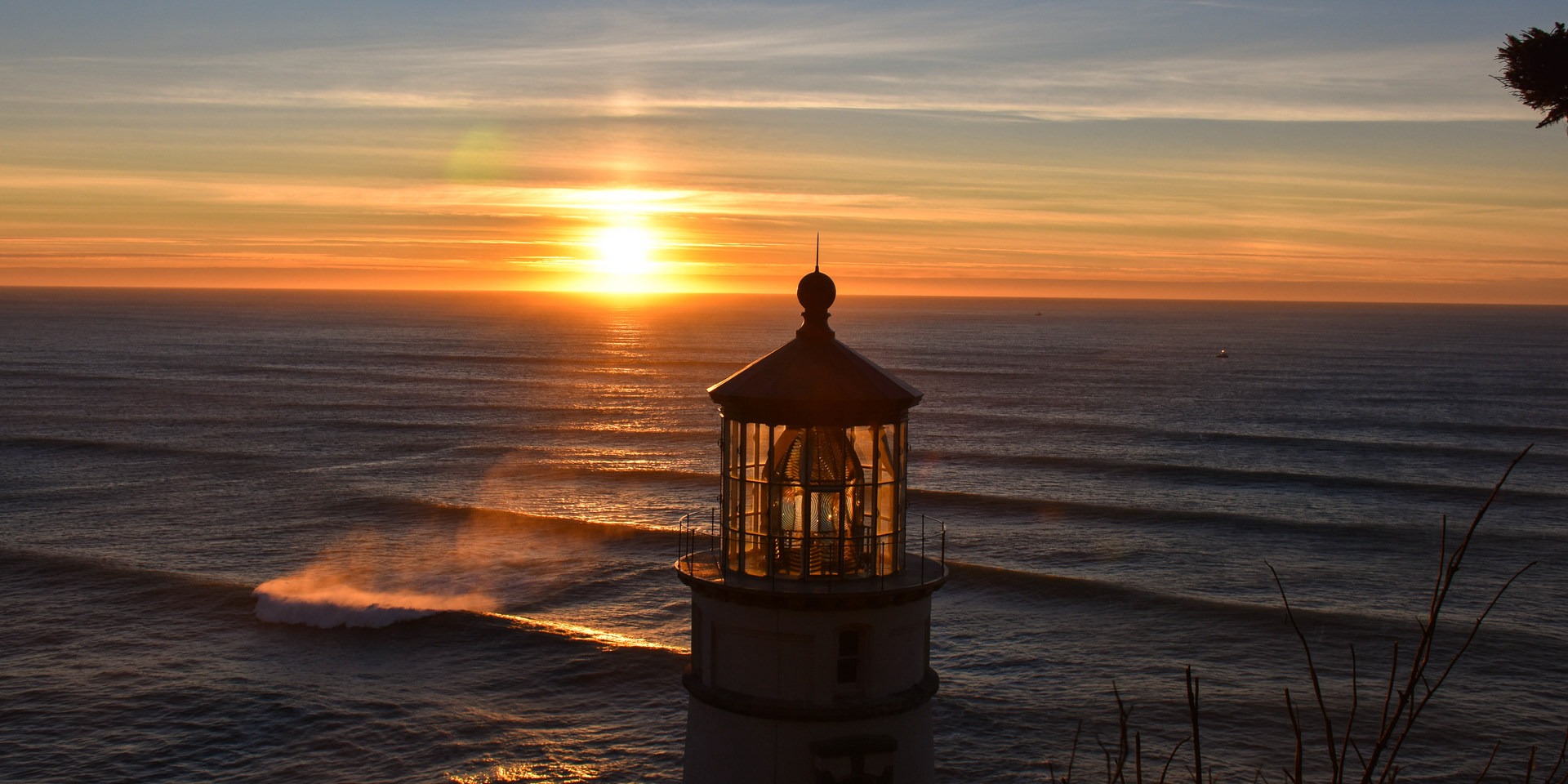

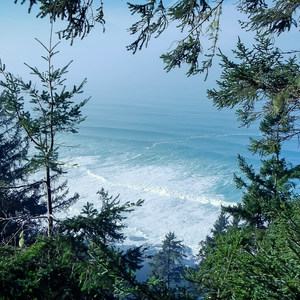
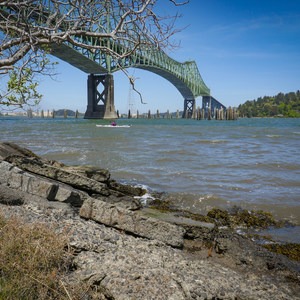
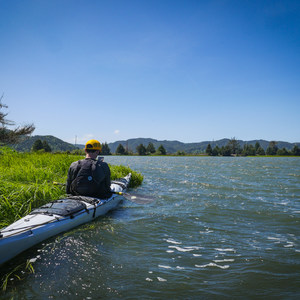
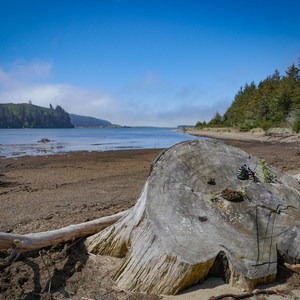
Comments
Sign In and share them.